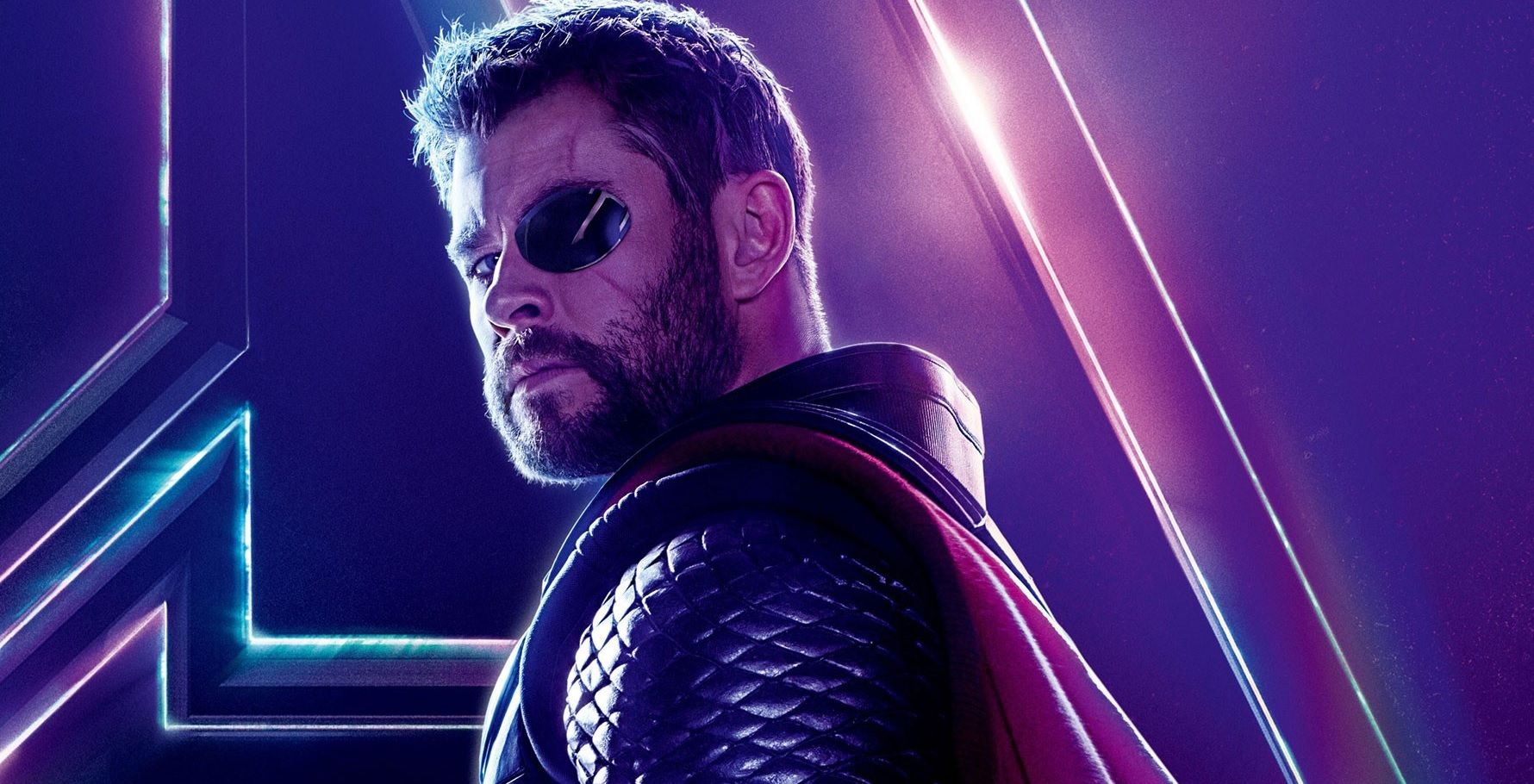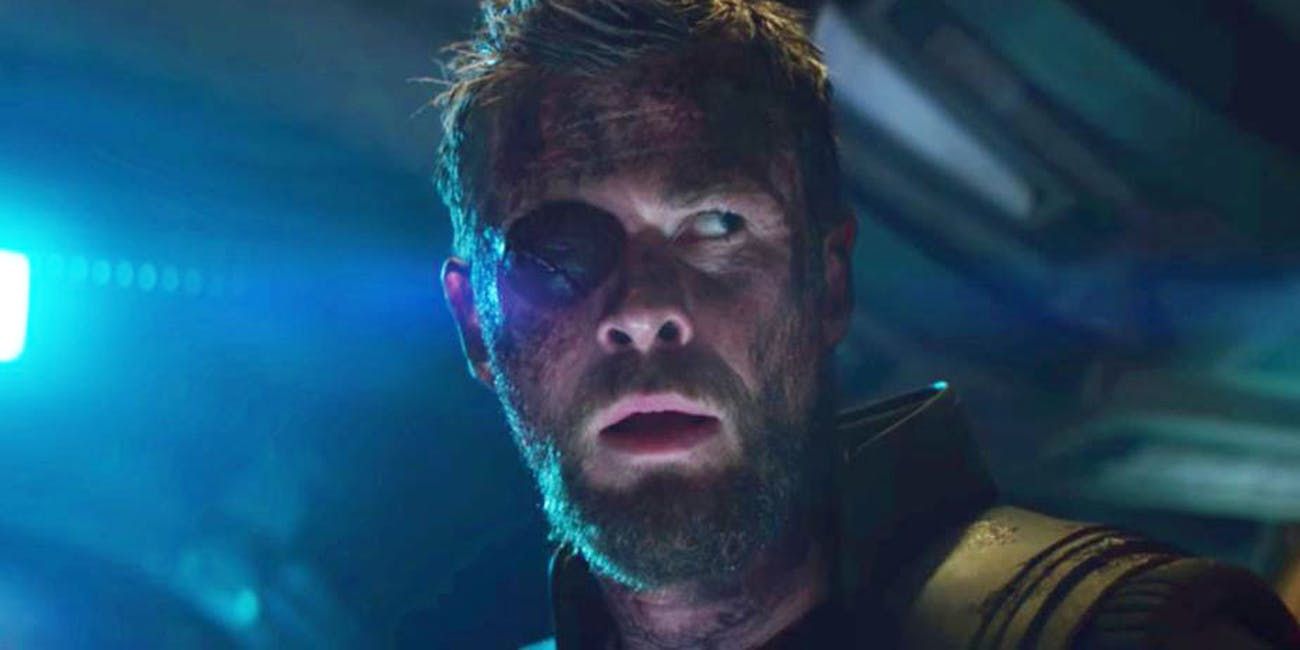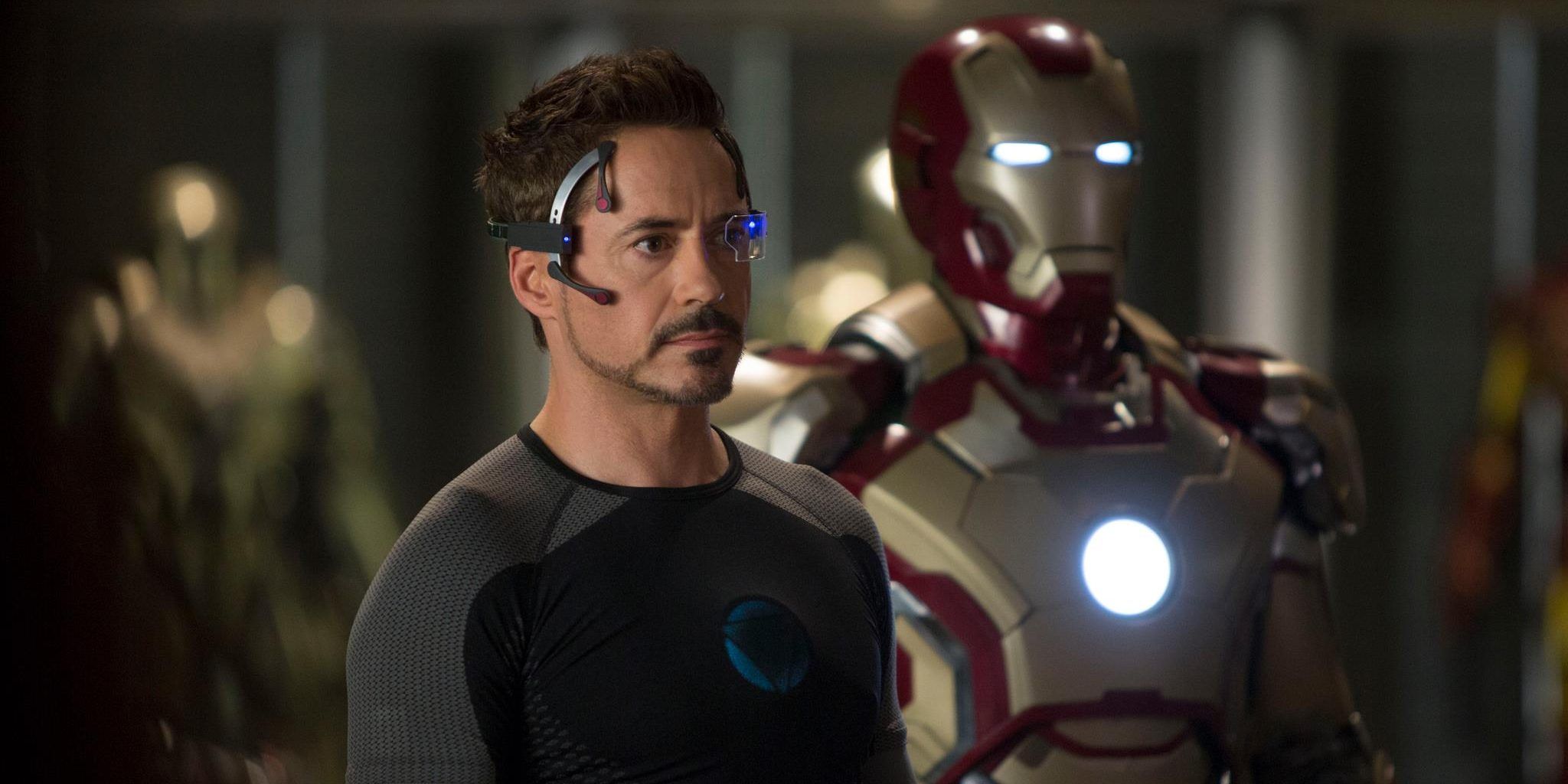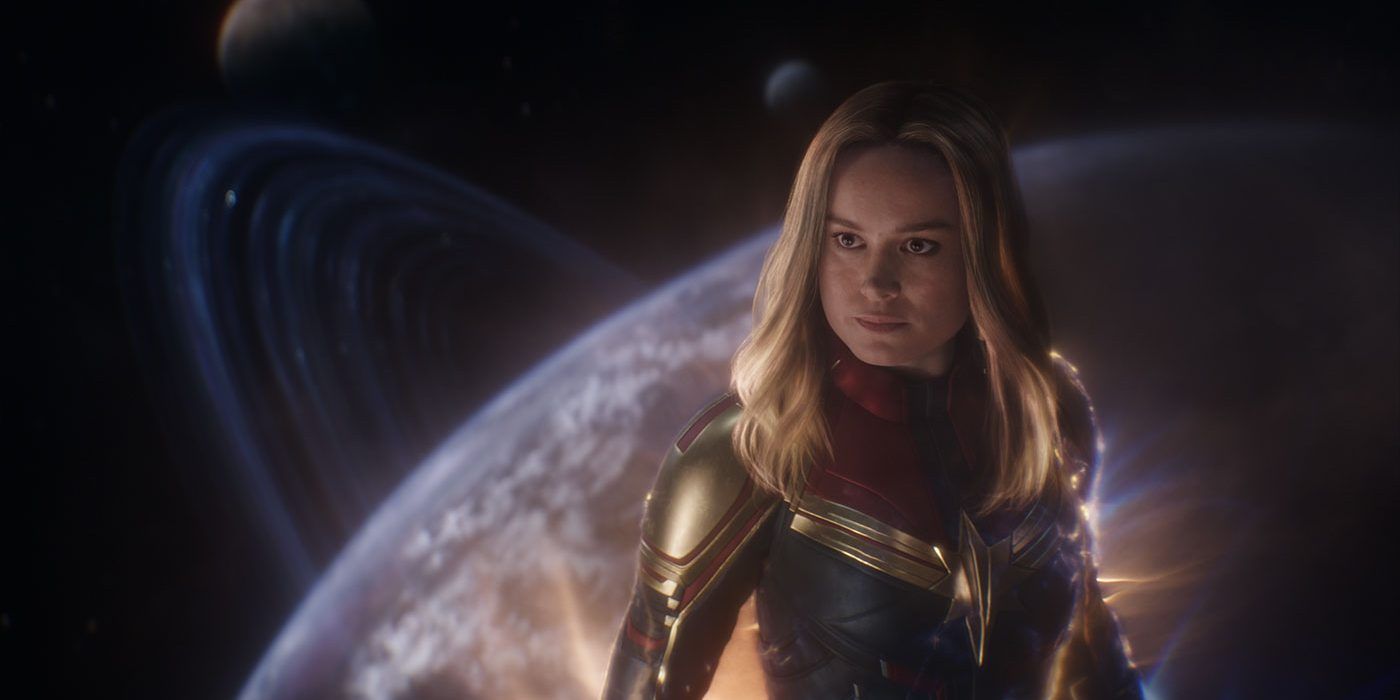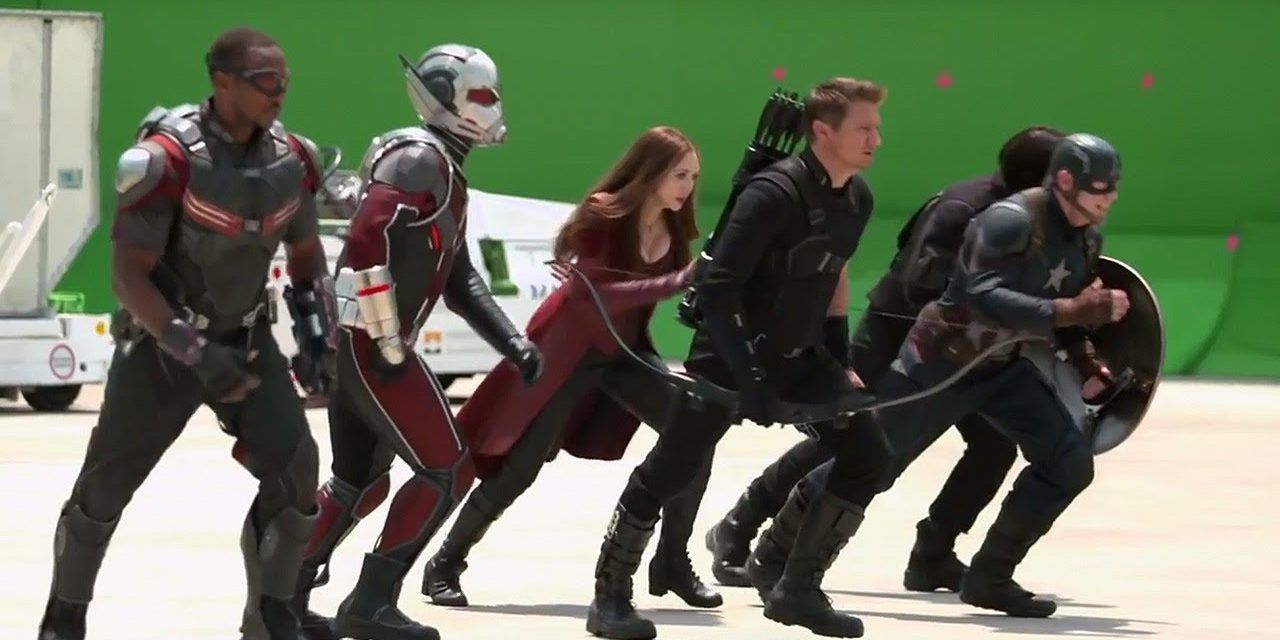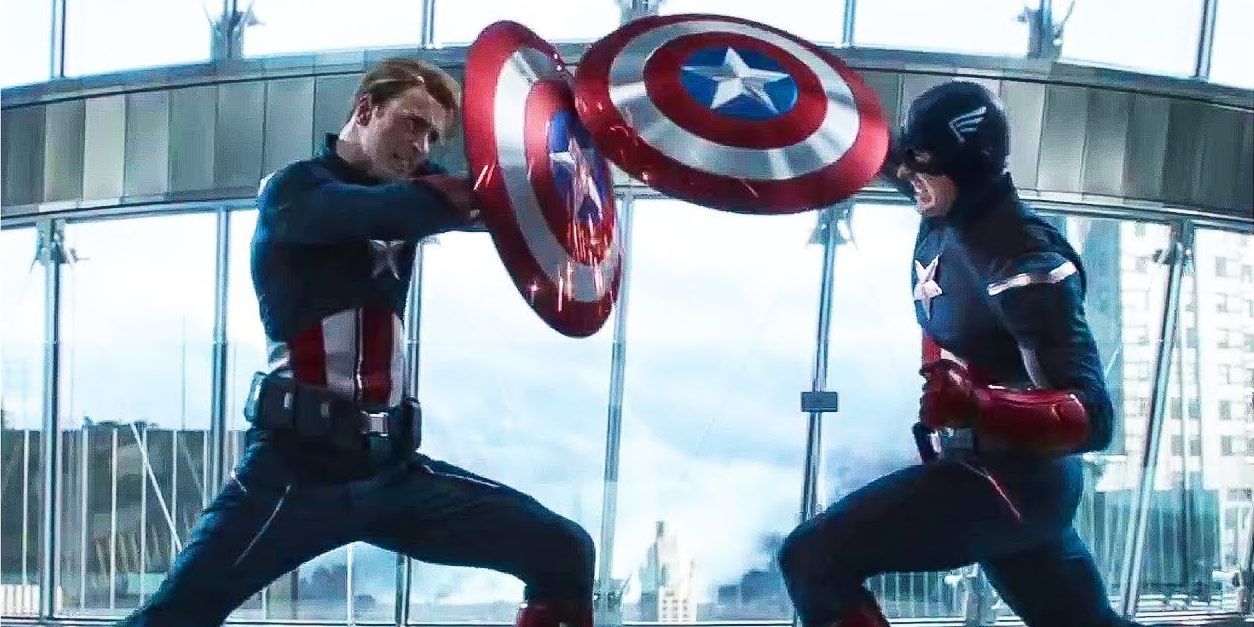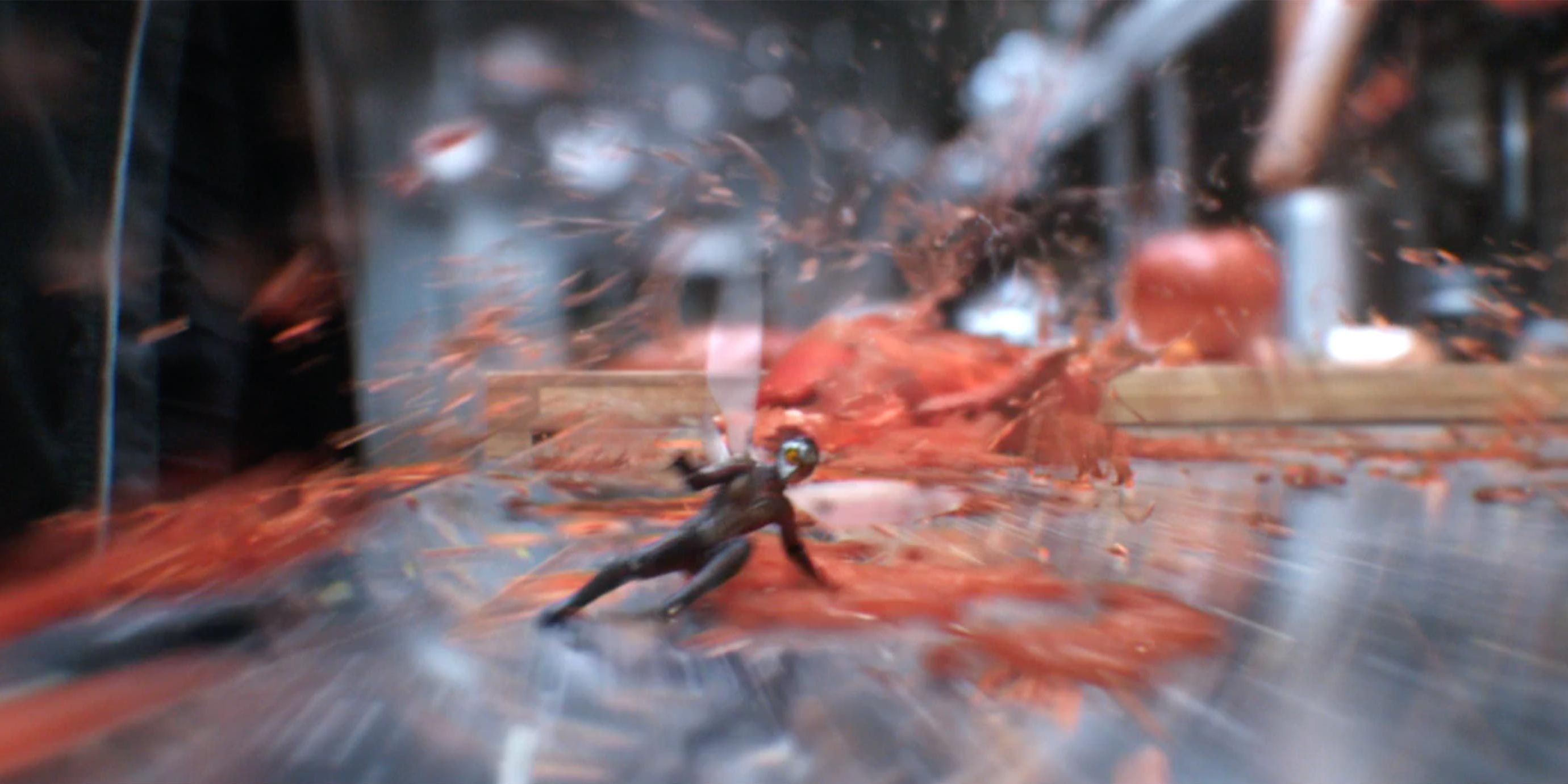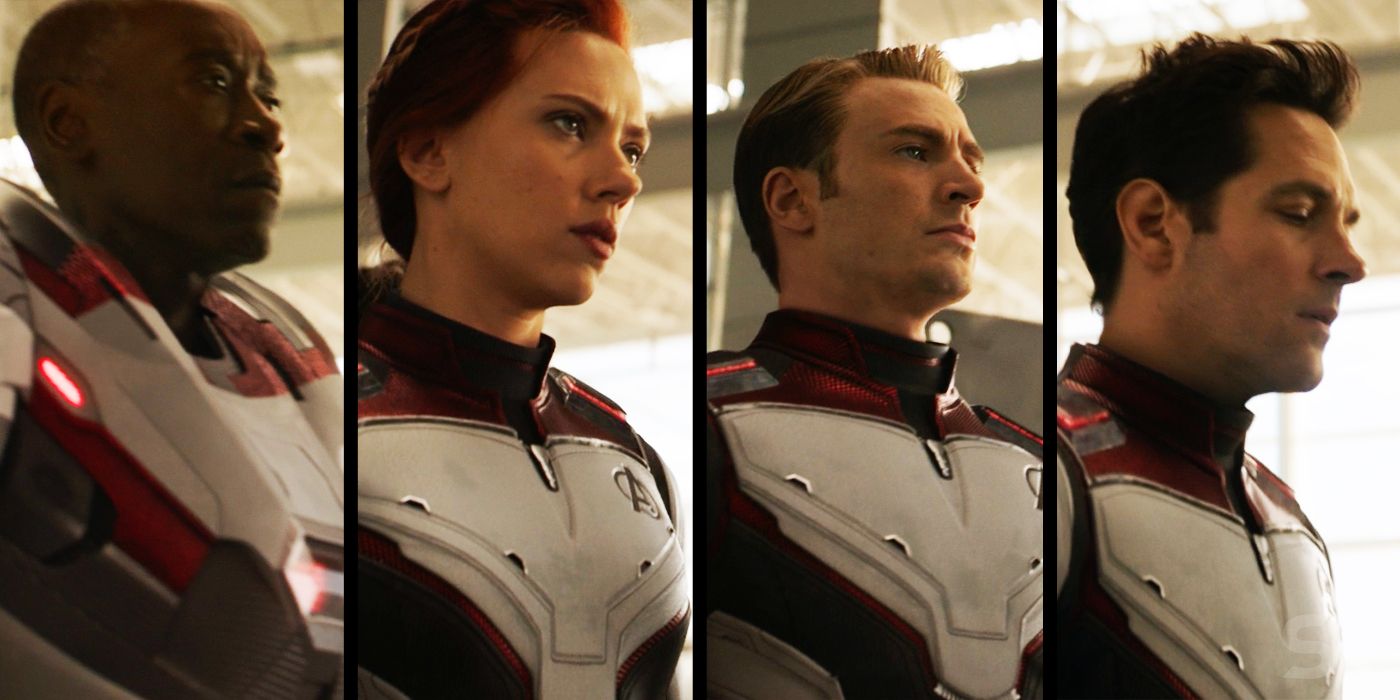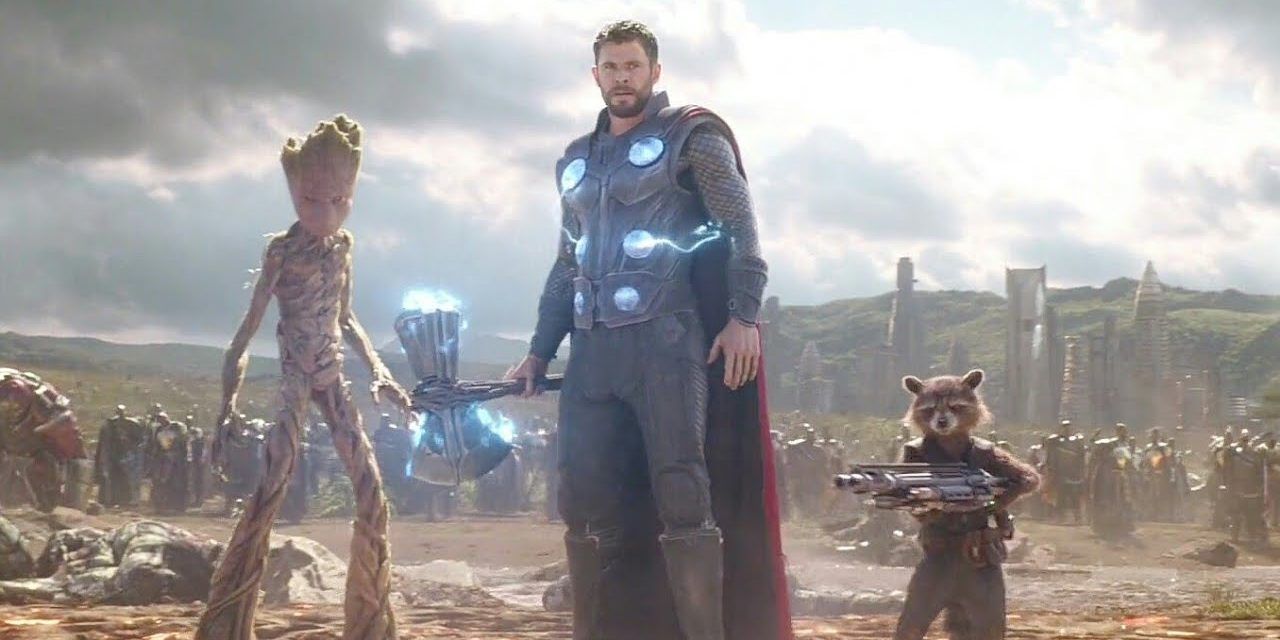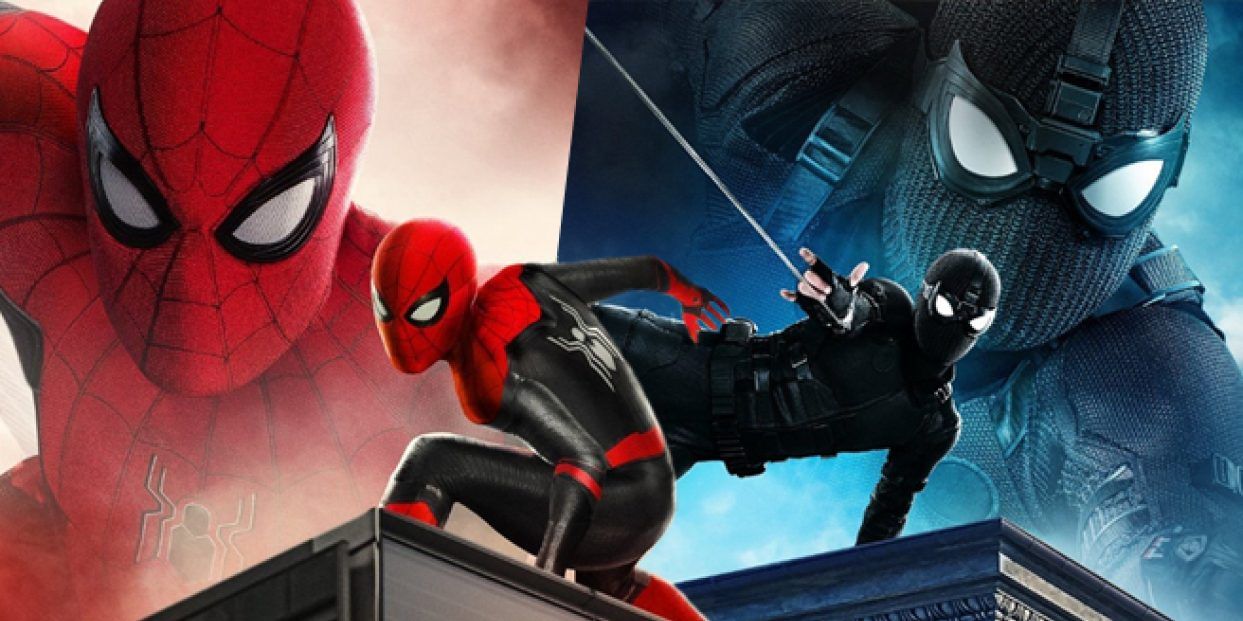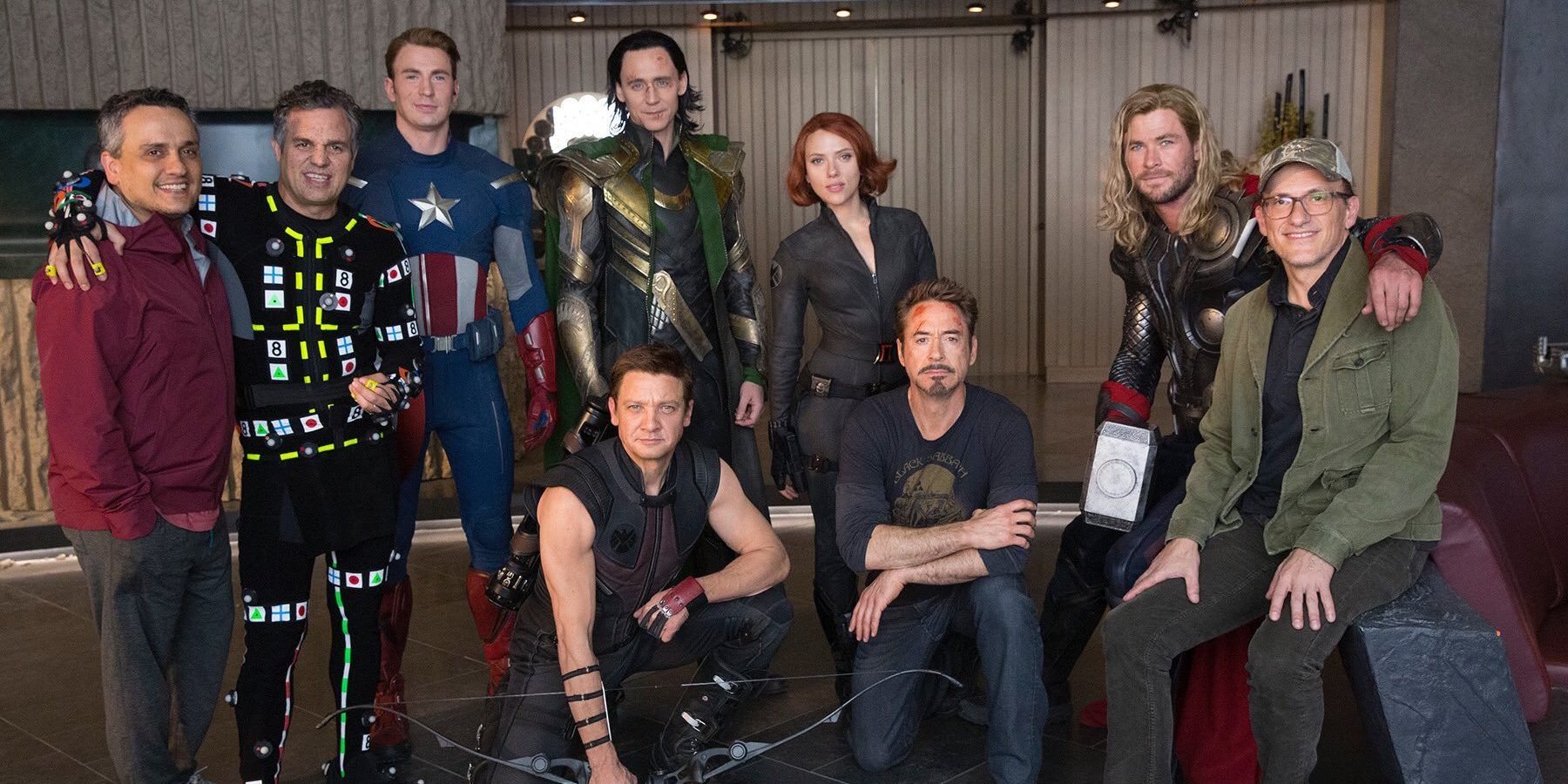The visual effect (or VFX) department has slowly become a key player in film production. It's hard to find a modern blockbuster movie that hasn't taken advantage of the wonders of computer-generated imagery (or CGI, as is commonly known). One of the best examples of VFX and CGI comes from Marvel Studios. MCU movies have some of the most impressive forms of VFX.
From their flawless de-aging of various famous actors to the creation of characters such as Thanos and Smart Hulk, visual effects have become indispensable to Marvel movies. What many might not know is that the VFX department has become such a convenient tool for this franchise that there are certain parts of the MCU that many assume to be real but are actually all computer-generated.
Thor's eyepatch
For a couple of months, the media seemed to be very interested in Thor's right eye. When the God of Thunder lost 50% of his eyesight to Hela during the events of Thor: Ragnarok, he was forced to cover up the hole on his face with an eyepatch. Soon after, promotional material for Infinity War started contradicting itself as it couldn't decide on showing a two-eyed or eyepatched Thor in trailers.
This then ended up contradicting the actual finished product anyway, as they never even showed his new eye, gifted to him by Rocket. It is all very confusing, but it seems it was pretty easy for Marvel Studios to show/hide the eyepatch as they pleased. It turns out it was all CGI. Hemsworth started out by acting with a real one, but it kept falling off, so they created a computer-generated one instead.
Fake RDJ
Iron Man 3 was only the 7th MCU release, meaning the studio still wasn't as handy with VFX as they are now. Nevertheless, one key piece of CGI magic was used in the movie, which was, not only crucial but completely unnoticed by audiences. During production, Robert Downey had an injury on-set that made it impossible for him to act out the rest of the movie.
But Marvel Studios improvised. With the use of a body double and a lot of CGI, the VFX department filmed the remaining scenes without RDJ, and then carefully replaced the double's physical features with that of the actor's.
Captain Marvel's hair
This was one behind-the-scenes revelation that shocked fans. One of the first scenes in Endgame sees Tony Stark and Nebula miraculously saved from the depths of outer space by the literal glowing body of Carol Danvers. Obviously, the background is green-screened, and Captain Marvel's onscreen flight is fake. But there was a little more CGI in that sequence than we thought.
It turns out the hero's long-flowing blonde hair was all added later in post-production. During shooting, Brie Larson wore a bald cap and had no single strand of hair exposed.
The airport scene
Captain America: Civil War's famous airport scene remains has one of the most exciting and ambitious fight sequences in the MCU. In a time before Avengers 3 and 4, Civil War's ensemble cast marked the pinnacle of Marvel's interweaving story. Seeing them all battle each other made it that much better. However, the creation of this large-scale sequence ended up being more CGI-based than actual camera work at an airport.
Basically every masked hero (Spider-Man, Iron Man, Black Panther, etc) was completely "CGIed" into the scene.
Captain America's cowl
This year, Marvel Studios brought us back to 2012 to revisit the historical Battle of New York. Steve Rogers was among the small group of heroes who traveled to that specific time and place, and he ended up being the only one who ended up actually interacting with an Avenger from the past. This Avenger coincidentally ended up being none other than his past self.
Fans got a thrilling Cap vs Cap fight, one which was originally more confusing than necessary for audiences. Chris Evans shot the fight scene from both perspectives, and his face was visible all the time, no matter which Cap he was playing. Unfortunately, test audiences couldn't make out which Steve was which, so the VFX team was forced to CGI a cowl onto the 2012 Captain's head, just so people could tell them apart.
Wasp's kitchen fight
Ant-Man had one of the most original uses of CGI in the MCU (after Doctor Strange, that is) with its focus on capturing small objects in large-scale and miniature, regular-sized items. The sequel expanded on that specific digital art, with longer, more exciting size-shifting action scenes. One particular fight sequence saw Hope Van Dyne don her Wasp powers to single-handedly defeat a couple of armed goons in a small kitchen. The VFX team revealed that although nearly all of the regular-sized fighting is real, anytime the WAsp shrinks down, she and the surrounding objects are all computer-generated.
Quantum suits
Behind the scenes footage of Endgame revealed a most interesting fact about the Avengers' costumes. Mainly, that the Hank Pym-inspired quantum suits were nonexistent during filming. Obviously, there have been times where a character's attire was a 100% visual effects product. But, even then, it is usually only a part of the suit, like Ant-Man's helmet, or most of Iron Man's suit.
However, there is no reason for the quantum suits to not exist in real life, as they are simply uniforms. They're not iron suits. Nevertheless, anytime any character was wearing the time-travel suit, the actor was also wearing a costume, just not that one. They would all be dressed in their character-specific uniforms. All the quantum suits were added with CGI during post-production.
Thor's sleeves
This is a seemingly unnecessary bit of CGI magic. Or, if not unnecessary, then barely noticeable. In Thor: Ragnarok, the God of Thunder decided to go sleeveless. This lasted throughout the entire course of the movie, right up until the moment Groot completed Stormbreaker in Infinity War. This was followed by one of the best character entrance scenes in the MCU when Thor and his two Guardian companions land in Wakanda to help defeat Thanos' army.
The Asgardian's arrival is noticeable, not only because fans went nuts over his sudden appearance on Earth alongside the Avengers, but also because Chris Hemsworth gets a very obvious costume change into something more God-like and powerful. This includes the addition of sleeves. For some reason, however, the cape was real, the breastplates were real, but the sleeves were completely digital.
Spider-Man suits
Spider-Man's different suits have always been a crucial part of his character. Various comic books, video games, movies, and TV shows have used the large assortment of costumes to their advantage. The MCU is no different. Over the course of five movies, Marvel Studios have showcased five different suits. That's an average of one new outfit per movie.
What should amaze fans, though, is the fact that we have never seen any authentic fabric on Peter Parker's skin costume on screen. Even though some of the suits did actually exist on set, the versions that appeared on screen were so touched up by CGI that they ended up becoming nearly complete digital recreations. And this does not include both the Iron Spider and Peter's first homemade suit. These were indeed 100% CGI creations.
Avengers: De-aged
For many years now, de-aging has been Marvel Studios' crown jewel when it comes to visual effects. No one does it better than Marvel. They have managed to present flawlessly youthful versions of Michael Douglas, Michelle Pfeiffer, Samuel L Jackson, Kurt Russel, and even Robert Downey Jr (amongst others). Endgame saw the VFX team use this same technique. However, it was used more discretely than usual.
The time-travel sequence that saw the Avengers travel back to 2012 gave us new scenes with the heroes from the past. What many failed to realize is that the cast looked so similar to how they looked in their first team-up movie, because the 2012 versions were all de-aged. Seven years might not be a huge amount of time, but there is clear physical aging between The Avengers and Endgame. De-aging was needed to make them look as "Phase 1" as possible.

